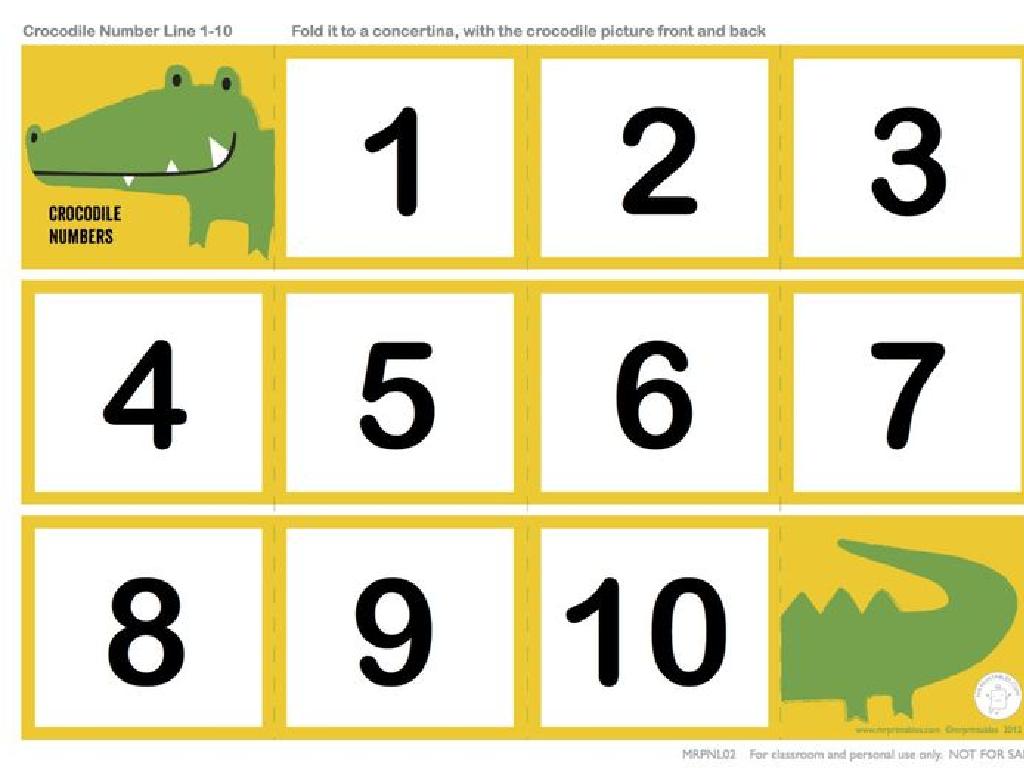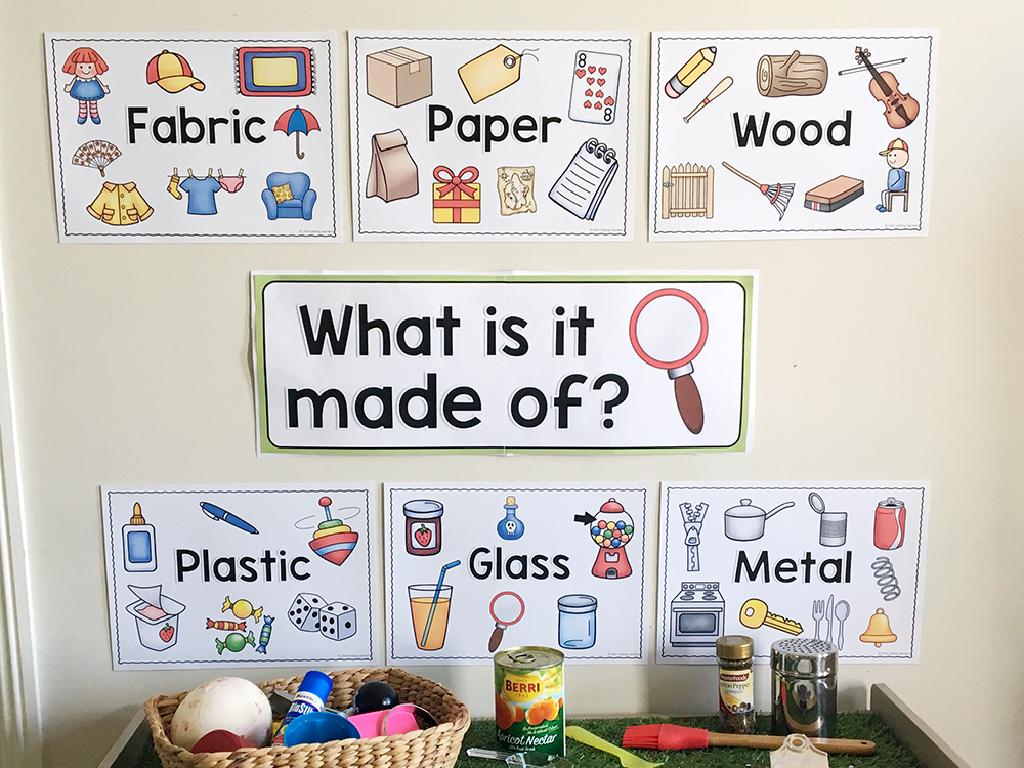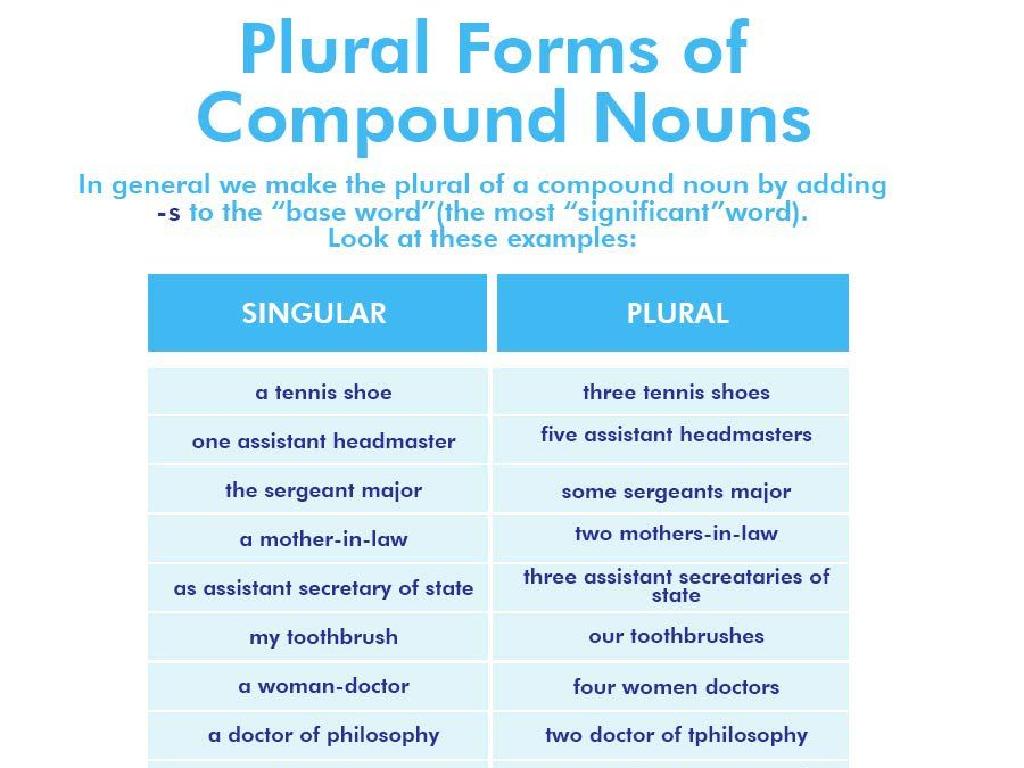Light And Heavy
Subject: Math
Grade: Pre-k
Topic: Size
Please LOG IN to download the presentation. Access is available to registered users only.
View More Content
Exploring ‘Light and Heavy’ in Math
– Greet our young mathematicians
– Today’s topic: ‘Light and Heavy’
– What objects are light or heavy?
– Learn about size and weight
– Size can be felt through how heavy or light an object is
– Fun activities to understand weight
– We’ll use scales and compare objects to learn about weight
|
Begin the class with a warm welcome to set a positive tone for learning. Introduce the concept of ‘Light and Heavy’ as a part of understanding size and weight. Explain that weight is a way to measure how light or heavy something is and it helps us understand the size of objects in a different way. Engage the children with hands-on activities such as using toy scales to weigh objects, comparing the weight of different items, and sorting them into ‘light’ and ‘heavy’ categories. Encourage the children to think about everyday objects and whether they are light or heavy to make the concept relatable. The goal is to make the learning experience interactive and enjoyable, fostering an early interest in mathematical concepts.
Exploring Size: Light and Heavy
– Understanding size in objects
– Comparing objects by size
– Which is bigger? A teddy bear or a toy car?
– Size means dimensions and weight
– Tall like a tree, wide like a door, heavy like a pumpkin
– Light vs. heavy objects
– A feather is light, a book is heavy
|
This slide introduces the concept of size to Pre-K students, focusing on understanding and comparing the size of different objects. Size can refer to an object’s dimensions how tall, wide, or long it is as well as its weight. Use everyday objects to demonstrate the concept of light and heavy, such as comparing a feather to a book. Encourage the students to participate by picking up objects and describing them as light or heavy. This will help them grasp the concept of weight as a measure of size. The goal is to make them aware of the physical properties of the objects around them and to use appropriate vocabulary to describe these properties.
Understanding Light and Heavy
– Light objects: easy to lift
– Like a feather, easy to pick up
– Heavy objects: hard to lift
– Like a rock, takes effort to lift
– How we feel weight
– Use hands to lift and compare
– Practice telling the difference
|
This slide introduces the concept of light and heavy objects to Pre-K students. Begin by explaining that some things are easy to lift, like a feather, because they are light. Other things are hard to lift, like a rock, because they are heavy. Encourage the students to use their hands to pick up different objects to feel the difference in weight. Plan a hands-on activity where students can practice telling the difference between light and heavy by lifting various classroom objects. This will help them understand the concept through direct experience. Make sure to supervise the activity to ensure safety and provide guidance as needed.
Let’s Compare: Light and Heavy
– Use hands to feel weight
– Compare teddy bear and block
– Is the teddy bear or block harder to lift?
– Compare balloon and book
– What’s easier to hold up, a balloon or a book?
– Understand light and heavy
|
This slide is designed to introduce Pre-K students to the concepts of light and heavy through hands-on comparison. Encourage the students to use their sense of touch to feel the weight of different objects. Ask them to compare the weight of a teddy bear to a block to determine which one is heavier. Then, have them compare a balloon to a book to decide which one is lighter. Use real-life examples that the children can easily handle. The goal is to help them understand the difference between light and heavy objects in a tangible way. For the class activity, provide a variety of objects for the children to lift and compare. Guide them to use descriptive words like ‘lighter’ or ‘heavier’ and reinforce the learning with group discussions.
Fun with Light and Heavy
– Light things are easy to lift
– Heavy things are hard to lift
– What’s light? A feather!
– Can you find a light object at home?
– What’s heavy? A big rock!
– Can you find a heavy object at home?
|
This slide introduces the concept of weight to Pre-K students by categorizing objects as light or heavy. Start by explaining that some things can be picked up very easily because they are light, like a feather or a piece of paper. Other things are much harder to lift because they are heavy, like a big rock or a full backpack. Encourage the students to think of examples of light and heavy objects they have encountered. You can bring a feather and a rock to class to demonstrate. For the activity, ask the students to find one light and one heavy item in the classroom or at home and share their findings with the class. This will help them understand the concept of weight through hands-on experience.
Class Activity: Light and Heavy Hunt
– Let’s explore light and heavy objects
– Find one light object in the classroom
– Something easy to lift like a feather
– Find one heavy object in the classroom
– Something hard to lift like a book
– Show and tell your findings
|
This activity is designed to help Pre-K students understand the concept of weight by comparing light and heavy objects. Encourage the children to walk around the classroom and pick items they can easily carry, which will be their ‘light’ object, and items that are harder to lift for their ‘heavy’ object. Once they have their items, each student will have the opportunity to present their findings to the class and explain why they think one object is light and the other is heavy. Possible activities for different students could include comparing toys, books, pencils, and blocks. This hands-on experience will help solidify their understanding of the concepts of light and heavy.
Understanding Light and Heavy
– Great job learning Light vs Heavy!
– Size can hint at weight
– Bigger isn’t always heavier
– Practice with home objects
– Compare toys or fruits
– Share what you learned!
– Tell family about light and heavy
|
Congratulations to the students on grasping the concepts of light and heavy objects. It’s important to reinforce that while size can sometimes help us guess if something is light or heavy, it’s not always the case. Encourage students to practice at home by lifting and comparing the weight of various objects, such as different toys or fruits, to see if they can tell which is lighter or heavier. This will help solidify their understanding. Lastly, ask them to share what they’ve learned with their family members to further enhance their comprehension and communication skills.






